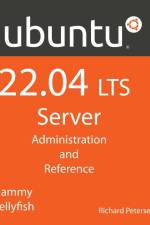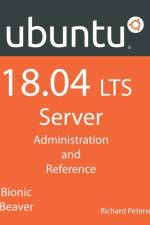von Richard Petersen
53,00 €
This book covers the Ubuntu 22.04 LTS (Jammy Jellyfish) release, focusing on applications and administrative tools. The emphasis here is on what users will face when using Ubuntu, covering topics like installation, applications, software management for Snap and APT, the Ubuntu desktops (GNOME, MATE, and KDE), shell commands, network connections, and system administration tasks. There are four parts: Getting Started, Applications, Desktops, and Administration. Part 1 focuses on getting started, covering Ubuntu information and resources, using the Ubuntu Live DVD/USB drive, installing and setting up Ubuntu, upgrading Ubuntu, basic use of the desktop interface, and connecting to wired and wireless networks. Repositories and their use are covered in detail, along with the new Snap system for managing Snap packages. Ubuntu Snap package management with Ubuntu Software, the snap command, the Snap Store are examined, as well as APT package management with Gnome Software, the Synaptic Package Manager, and the apt and apt-get commands.Part 2 keys in on office, multimedia, mail, Internet, and social media applications. Part 3 covers the Ubuntu, Kubuntu, Ubuntu MATE, Xubuntu, and Lubuntu desktops. as well as the BASH shell. The Ubuntu desktop, which uses GNOME, is examined in detail. Part 4 deals with administration topics, first discussing system tools like the GNOME system monitor, the Disk Usage Analyzer, Seahorse, and Disk Utility. Then a detailed chapter on Ubuntu system administration tools is presented, covering tasks such as managing users and file systems, Bluetooth setup, network folder sharing, backups, and printing. The network connections chapter covers a variety of network tasks, including manual configuration of wired and wireless connections, and firewalls.











